Main Menu

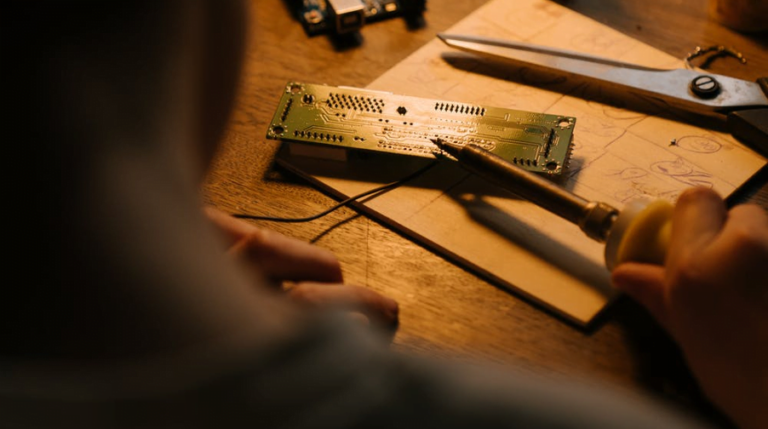
So what students can learn from drones? According to Kashmir Pandolfi, drones provide endless opportunities for interdisciplinary learning opportunities.
Did you catch our youngest EduDrone presenter, Kashmir Pandolfi, at EduDrone 2020? She told us all about the different things that students can learn from educational drones, and also shared some of her experiences with drones and technology through the Kashmir World Foundation.
Missed it? Don’t stress! Each month in the lead up to EduDrone 2021, we’ll be releasing one of our favourite talks from EduDrone 2020! Tune in each month to get your fix of STEM-spiration. We hope this will keep the ideas flowing all the way through until EduDrone 2021!
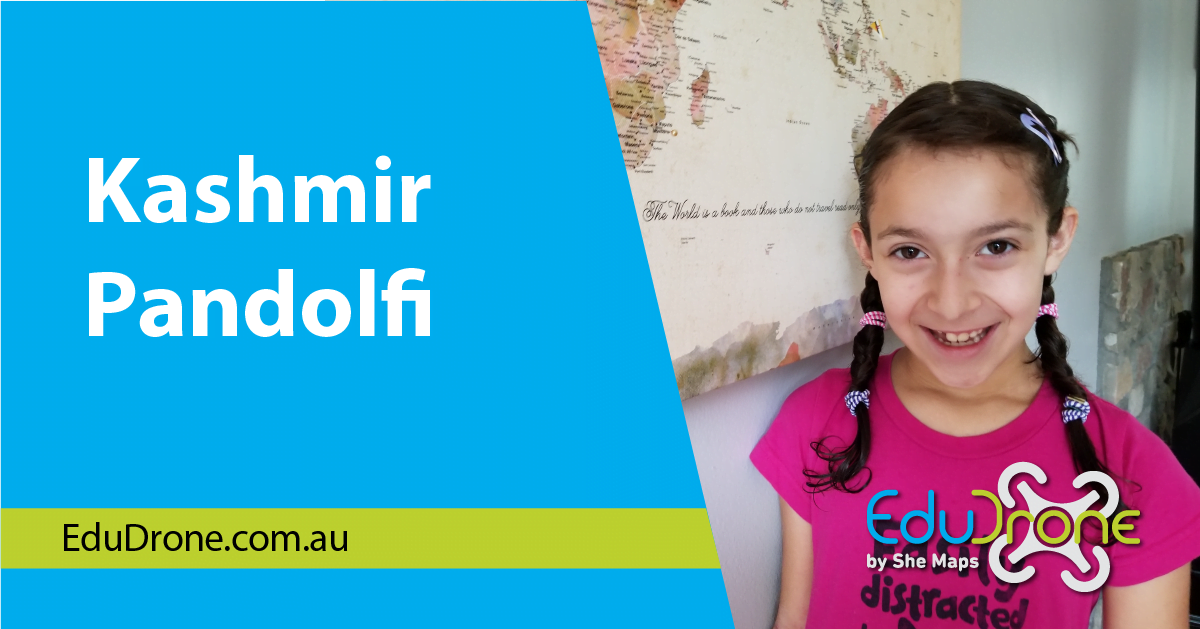
This week, on the 11th of February, we’re celebrating the International Day of Women and Girls in Science! Established by the United Nations, this day recognises that women and girls have a critical role in science and technology, and that their participation must be strengthened. The aim is to promote the empowerment, participation and contribution of women and girls in science, technology and innovation!
We encourage you to reflect on how you can achieve these four goals of International Day of Women and Girls in Science, and be sure to join the conversation with #WomenInScience!
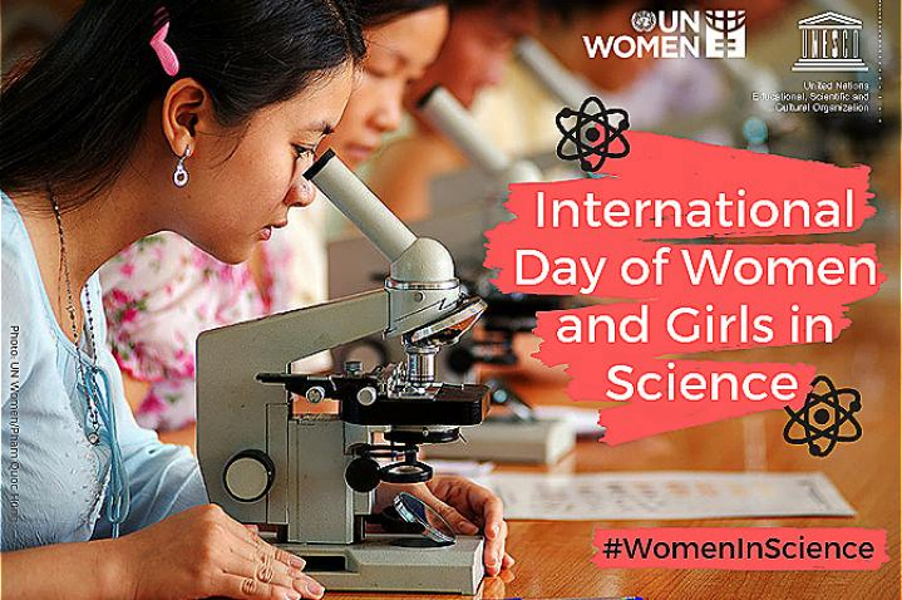
Image Credit: United Nations
In recognition of the International Day of Women and Girls in Science, we’d like to introduce Kashmir Pandolfi – one of our EduDrone superstars from 2020!
Kashmir is 9 years old, and describes herself as a scientist, engineer, artist, drone pilot, animal lover, and many other things! During her EduDrone 2020 presentation, she shared with us the many valuable things that students can learn with drones in schools, and one key tip for making your lessons stick!
So what can students learn from drones? The reason why we think drones are so fantastic at She Maps, and what Kashmir’s talk is all about, is that drones provide endless opportunities for interdisciplinary learning opportunities. To solve the biggest challenges in the world, we can’t afford to just think in separate boxes, we have to learn to work across disciplines to achieve results.
Here are some of the different skills and thinking-styles we can develop through drone lessons:
Drones come in all shapes and sizes, and some are custom built to perform specific tasks. What’s a problem that you think drones might be able to help with? Develop a drone curriculum that lets your students design and even build their own custom drone, allowing them to develop their design and engineering skills.
Delve a little deeper into the engineering side of things, and pick up some physics as you go! How exactly do drones fly? Motors can’t just spin – they need Electronic Speed Controllers (ESCs) which in turn get power from batteries. But once you get the motors to spin, the drone still won’t fly – you need propellors as well!
Good communication is crucial for any partnership, and that includes between the drone and the pilot! Drones send messages from the transmitter on the pilot control to receiver on the drone. Communication is also crucial when working as a flying crew! Practice having your pilots and co-pilots communicate effectively to fly challenging missions.
To understand how educational drones work, especially for automated flight, we need to understand some crucial geospatial concepts like GPS and navigation. How does GPS work? What did we use before GPS? What is the Earth’s magnetic pull, and how can it be used to navigate?
Artificial Intelligence is being incorporated more and more into our everyday lives, so it’s crucial that students understand what it is and what can be done with it! Drones can use optics (or the camera) combined with computing power to develop algorithms for artificial intelligence. Kashmir uses this kind of technology to identify turtle hatching tracks in Mexico. What else could you use drones and AI for?
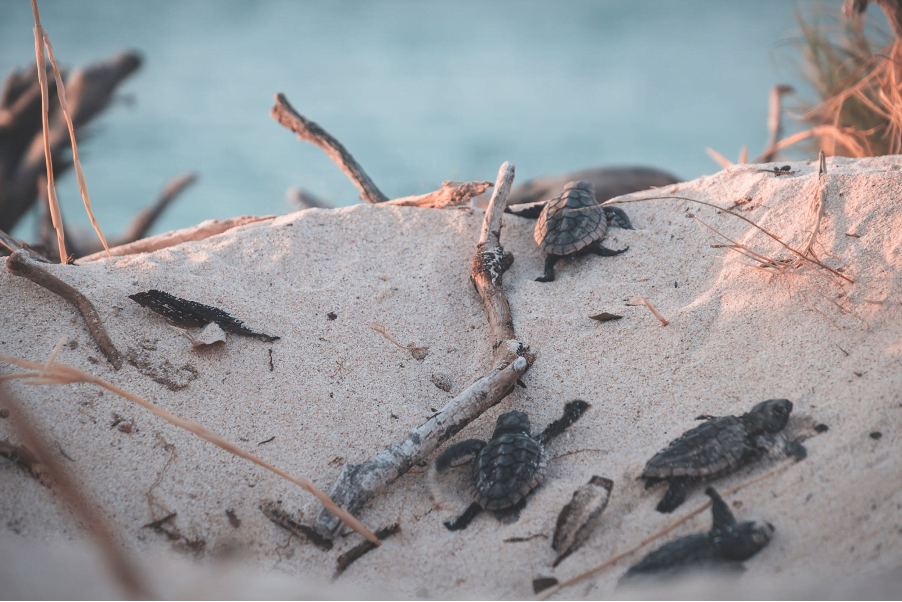
Kashmir says that the biggest thing she thinks that schools are missing is that students need to be able to apply what they learn at school to real-world projects that they care about!
For Kashmir – this means tying it back to how she can help look after animals and ecosystems. Here are some of the projects that Kashmir has worked on using drones and technology, maybe you can use them as inspiration for your drone STEM curriculum?

At SheMaps, we’re also passionate about the value of real-world applications to enhance student experience! This is why all of our drone education activities are centred around real-world challenges for students to find creative and interdisciplinary solutions for.
Have you seen our newest challenge, ‘Healthcare in the Himalayas – Drones to the Rescue’? In this activity, students use design thinking and both manual and coded drone flight to address a humanitarian challenge in Nepal.
Both science and gender equality are vital for the achievement of internationally agreed development goals, including the United Nations 2030 Sustainable Development Goals. However, long-standing biases and gender stereotypes are steering girls and women away from science related fields.
Our hope is that girls all over the world can share in Kashmir’s confidence and love for science. We have a long way to go to reach equality for all, but at She Maps we are committed to increasing diversity in STEM. We encourage everyone to reflect on the steps that they can take within their own household, schools, and workplaces to break down stereotypes and #ChallengeBias
And for all those girls and women out there, we’d like to share some words from Kashmir:
“Don’t limit yourself – the universe is yours to explore!”
Want to read more about drones and why kids and teachers alike should fly them? Click here.
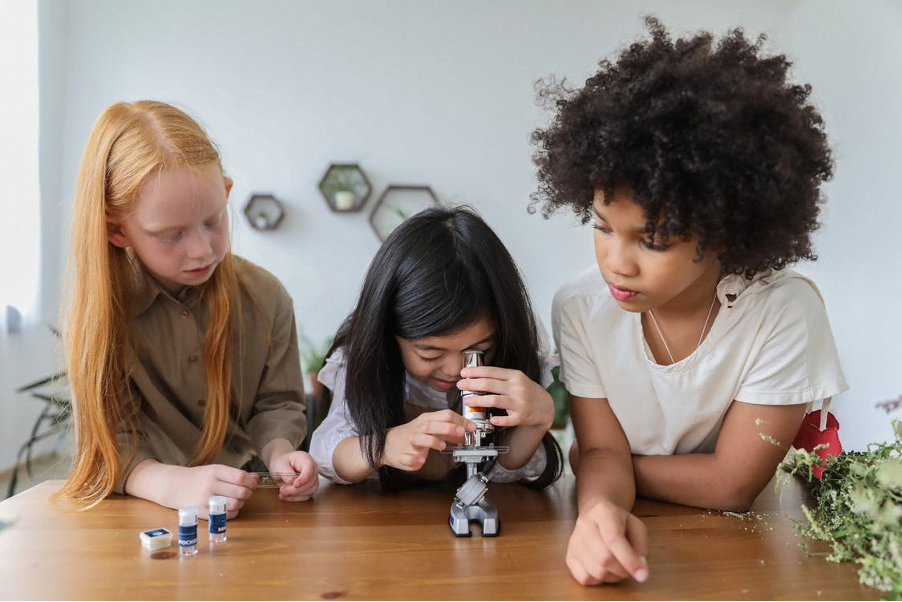
Click here to learn more about Kashmir World Foundation, and make sure you check out Kashmir’s full EduDrone 2020 presentation below!
She Maps is Australia’s leading expert in drone and geospatial education.
She Maps assist schools with the purchasing of drones, school-industry created drone and geospatial teaching resources and highly supportive teacher professional development.
Ready to buy drones for your school? We are an authorised DJI reseller in Australia

Subscribe by email and never miss a blog post or announcement.

She Maps aims to bring much needed diversity and support to STEM. We do this by providing drone and geospatial programs to teachers and schools across the globe.
At She Maps we acknowledge the Traditional Custodians of Country throughout Australia and their connections to land, sea, and community. We pay our respect to their Elders past and present and extend that respect to all Aboriginal and Torres Strait Islander peoples today.
Aboriginal and Torres Strait Islander peoples are advised that this site may contain names, voices, or images of people who have passed away.
Learn the 6 Steps to Launching a Successful Drone and Geospatial Program at your School
Take our resources for a spin and join the thousands of teachers who love our ready-to-teach classroom materials. Try one of our complete units of work for free.

